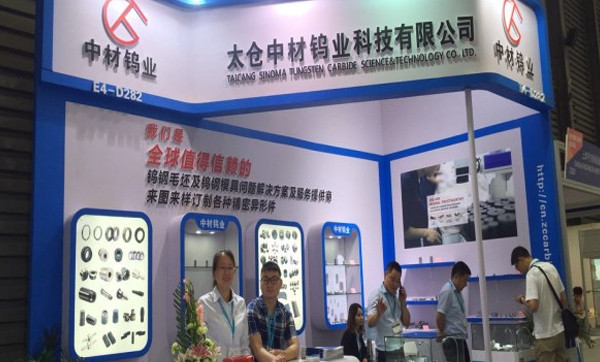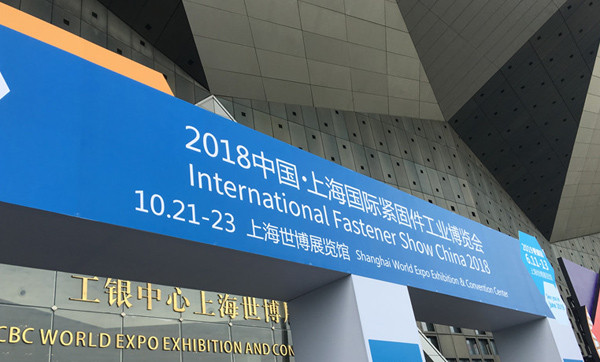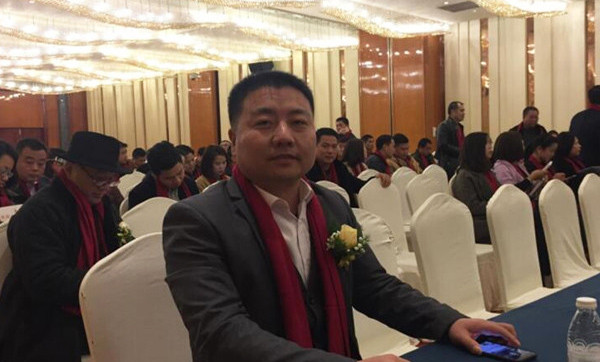Introduction
Tungsten carbide (cemented carbide), known for its exceptional hardness (above HRA90), wear resistance, and corrosion resistance, is widely used in high-precision applications such as stamping dies, injection molds, and progressive dies. However, its extreme hardness makes traditional machining methods (e.g., milling, grinding) challenging, costly, and prone to stress-induced cracks. Slow Wire Electrical Discharge Machining (Slow Wire EDM), as a high-precision electro-erosion process, offers significant advantages in tungsten carbide mold production. This article explores the core benefits, key technologies, and practical applications of Slow Wire EDM in tungsten carbide mold manufacturing.
1. Fundamentals of Slow Wire EDM
Slow Wire EDM uses a continuously moving thin wire (typically brass or zinc-coated copper) as an electrode to erode the workpiece through pulsed electrical discharges in deionized water. Key characteristics include:
- Unidirectional Wire Feed: The wire is used only once, preventing accuracy degradation from reuse.
- Multi-Pass Cutting: Rough cutting, semi-finishing, and fine finishing ensure high precision and surface quality.
- CNC Precision Control: Advanced CNC systems adjust discharge parameters, wire speed, and tension for optimal material removal.
2. Core Advantages of Slow Wire EDM for Tungsten carbide Molds
2.1 Ultra-High Precision (Within ±0.002mm)
Tungsten carbide molds are often used in high-precision industries (e.g., electronics, medical devices), where tight tolerances (±0.005mm or less) are critical. Slow Wire EDM achieves micron-level accuracy through:
- High-Rigidity Machine Structure: Minimizes thermal deformation and vibration.
- Closed-Loop Optical Scale Feedback: Real-time position correction.
- Adaptive Discharge Technology: Adjusts spark gaps based on tungsten carbide grade.
Case Study: An IC lead frame punch die required ±0.003mm tolerance—Slow Wire EDM achieved this in a single pass, eliminating post-grinding.
2.2 Superior Surface Finish (Ra ≤ 0.2μm)
Conventional Fast Wire EDM typically leaves a surface roughness of Ra 1.6μm or higher, requiring manual polishing. Slow Wire EDM achieves near-mirror finishes through:
- Rough Cutting: Bulk material removal (Ra 1.0μm).
- Fine Finishing: Low-energy discharges for smooth surfaces (Ra 0.2μm or better).
- No Affected Layer: Avoids micro-cracks, extending mold lifespan.
Application: Optical lens injection molds requiring Ra 0.1μm were finished with minimal post-polishing.
2.3 Damage-Free Machining of Hard Materials
Tungsten carbide exceeds the hardness of conventional cutting tools (e.g., HSS, carbide end mills), making mechanical machining inefficient. Slow Wire EDM’s advantages:
- Non-Contact Process: Material removal via electrical erosion, independent of hardness.
- No Mechanical Stress: Prevents deformation or micro-cracking.
- Fine Wire Capability: Uses Ø0.03mm wires for slots <0.05mm and sharp corners (R0.02mm).
Case Study: A precision stamping die required 0.08mm-wide slots—Slow Wire EDM delivered flawless results.
2.4 Adaptability to Complex Geometries
Tungsten carbide molds often feature intricate shapes, tapers, and 3D contours. Slow Wire EDM excels in:
- Taper Cutting: Supports 0°–30° angles (e.g., mold draft angles).
- Sharp Corner Retention: Achieves 89° internal angles vs. Fast Wire EDM’s rounded edges.
- Multi-Axis Machining: High-end models enable 4-/5-axis cutting for complex parts like turbine blade molds.
Case Study: A fuel injector mold with 0.2mm micro-hole arrays maintained ≤0.005mm wall perpendicularity.
2.5 Process Stability and Efficiency
- Automatic Wire Threading: Enables unmanned operation for multi-hole molds (e.g., sieve plates).
- Smart Parameter Libraries: Pre-set discharge settings for tungsten carbide grades (e.g., YG8, YG15).
- Eco-Friendly Dielectric: Deionized water + filtration avoids oil contamination (critical for medical molds).
3. Slow Wire vs. Fast Wire EDM Comparison
|
Parameter |
Slow Wire EDM |
Fast Wire EDM |
|
Accuracy |
±0.002mm |
±0.02mm |
|
Surface Finish (Ra) |
0.1–0.2μm |
1.0–1.6μm |
|
Electrode Wire |
Single-use brass/coated |
Reusable molybdenum |
|
Cutting Speed |
Slower (precision focus) |
Faster (roughing focus) |
|
Best For |
High-precision tungsten molds |
General carbide molds / prototypes |
4. Real-World Applications
Case 1: Progressive Die for Precision Electronics
- Requirement: 0.1mm pitch tungsten carbide die, cumulative tolerance ≤0.005mm.
- Solution: 4-pass Slow Wire EDM (roughing → finishing → super-finishing), achieving 0.003mm accuracy without rework.
Case 2: Smartphone Metal Case Stamping Die
- Challenge: Tungsten carbide cutting edges needed R≤0.03mm, lifespan >1 million cycles.
- Result: Crack-free edges after Slow Wire EDM, extending die life by 30%.
5. Future Trends
- AI Optimization: Real-time parameter adjustment for material variations.
- Ultra-Fine Wires: Ø0.01mm wires for micron-scale features.
- Hybrid Machining: Combining laser or milling for higher efficiency.
Conclusion
Slow Wire EDM is indispensable in tungsten carbide mold manufacturing due to its unmatched precision, surface quality, geometric flexibility, and stress-free processing. As technology advances, its role in high-value mold production will expand, driving manufacturing toward greater precision and efficiency.
All our products are manufactured using precision Slow Wire EDM. ZCCF Tungsten Carbide ensures superior quality for our customers.




